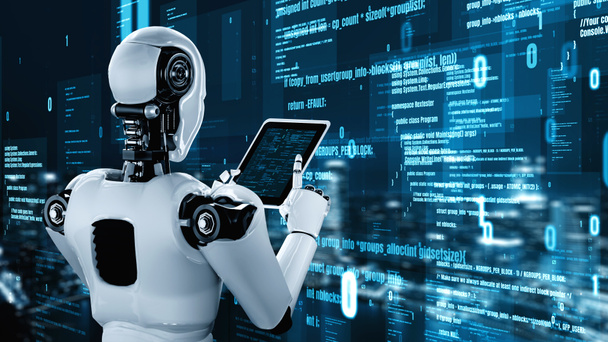
How AI is Changing the Way We Interact with Technology
In the world of artificial intelligence (umělá inteligence) (AI), Natural Language Processing (NLP) stands out as a transformative technology that allows machines to comprehend interpret, translate, and create human language. As a branch of artificial intelligence, NLP concentrates on the interaction between computers and human beings through natural language, aiming to bridge the gap between people and machines.
NLP is a combination of computational linguistics computer science with data science in order to analyze and process large volumes of natural language data. Its applications are varied, impacting various sectors, including healthcare, finance, customer service, and entertainment.
One of the primary aspects of NLP is text analysis. By employing techniques such as tokenization, part-of-speech tags, and named entity recognition, NLP systems can break down text into components and understand its grammatical structure. This enables machines to decipher meaningful information, identify the most important entities, and understand context.
Another critical component of NLP is the analysis of sentiment. This is the process of determining what’s the emotional tone behind a piece of text, which is particularly beneficial for businesses looking to gauge the opinions of customers or track brand reputation. By analyzing social media posts reviews of products, as well as feedback surveys, businesses can learn about the mood of their customers and take data-driven decisions.
Machine translation is an incredibly widely-known use of NLP, exemplified by tools like Google Translate. This technology allows real-time translation of text from one language to another, facilitating cross-cultural communication and breaking down barriers between languages. Advances in NLP have significantly increased the accuracy of translations which makes it a useful instrument for global communication.
Speech recognition is yet another area where NLP excels. By converting spoken language into written text speech recognition technology can power virtual assistants such as Siri, Alexa, and Google Assistant. These systems rely on NLP to comprehend spoken commands, provide relevant responses, and carry out tasks like creating reminders or answering questions.
NLP also plays an important role in text generation. Language models, like OpenAI’s GPT series are able of creating consistent and relevant texts in response to the prompts. They can be used in the creation of content support for customers, content creation, and creative writing, showing the capabilities of NLP to enhance human creativity and productivity.
Despite its progress, NLP faces challenges, such as dealing with ambiguous terminology, contextual sensitivity and cultural variations. To address these issues, it is necessary to conduct ongoing research and refinement to increase the accuracy and efficiency of NLP systems.
In short, Natural Language Processing is an extremely powerful tool that bridges the gap in communication between humans and machines. Its applications in sentiment analysis, text analysis analyses, machine translation speech recognition, and even text generation show its revolutionary impact on different industries. While NLP continues to grow it is expected to enhance our interactions with technology, and will drive the development in AI.